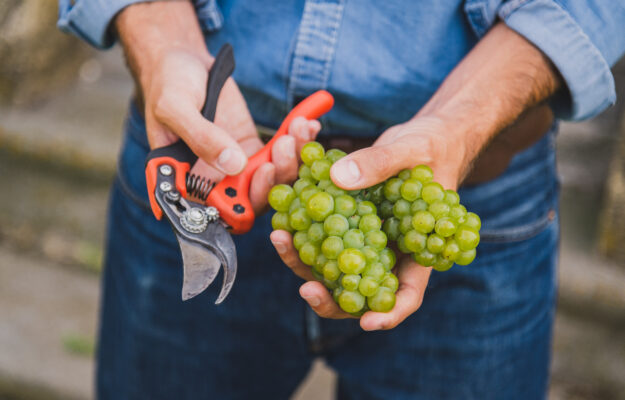For the first time, in years, Italy is no longer the world’s largest producer of wine and is overtaken in quantity by France, if the first estimates on the current harvest, marked by the great heat, will be confirmed. According to the Coldiretti analysis, production in Italy is expected to decline by 14%, to around 43 million hectoliters (from 50 million in 2022), making 2023 one of the worst years in Italian vineyard history over the past century, along with 1948, 2007 and 2017. While in France, despite the damage caused by Peronospera and drought, according to estimates by the statistics service of the French Ministry of Agriculture, the harvest should be between 44 and 47 million hectoliters (as we wrote a few days ago on WineNews), in line with the average for the 2018-2022 period, while Spain should remain third, with around 36 million hectoliters.
The challenge, in fact, is above all on the improving of the production, which in Italy is expected, however, of high quality and - underlines Coldiretti - can count on 635 varieties registered in the vine register, double compared to the French, with bottles made in Italy destined for 70% to Docg, Doc and Igt, with 332 wines with controlled denomination of origin (Doc), 76 wines with controlled and guaranteed denomination of origin (Docg), and 118 wines with typical geographical indication (Igt) recognized in Italy, and the remaining 30% for table wines, demonstrating the rich heritage of biodiversity with local wines of the highest quality thanks to a millennia-old tradition. The Made in Italy wine qualification process is confirmed by the success of exports, also in France, where more and more Italian bottles are being consumed, with a leap of +18.5% in value in the first 5 months of 2023 (as also revealed by the WineNews analysis of Istat data).
For the harvest, much will still depend on the evolution of temperatures and rainfall and on the impact of climate change, with winemakers who must be ever more careful about choosing the right moment for harvesting and processing in the cellar, in a process that began a few days with the Pinot and Chardonnay grapes destined for the spumante bases, and which continues, in September and October, with the Glera for the Prosecco and with the great native red grapes - Sangiovese, Montepulciano, Nebbiolo - and ends, in fact in November, with the Aglianico and Nerello grapes, on the 658,000 hectares cultivated nationwide. With the harvest, in Italy, it is been activated a system that offers job opportunities to 1.3 million people directly involved in the vineyard, in the cellar and in commercial distribution, both for those employed in related and service activities.
Italian wine represents a heritage of culture, history, economy and labour put at risk - emphasizes Coldiretti - by the implementation of the law on alarmist wine labels following the European Commission’s approval for silent assent to the Irish proposal: it is a trade-distorting rule, which is the result of an ideological approach towards an aliment such as wine, which is fully part of the Mediterranean Diet and has ten thousand years of history, traces of which in the world have been identified in the Caucasus, while in Italy there are findings in Sicily dated thus far as 4,100 years before Christ.
Copyright © 2000/2025
Contatti: info@winenews.it
Seguici anche su Twitter: @WineNewsIt
Seguici anche su Facebook: @winenewsit
Questo articolo è tratto dall'archivio di WineNews - Tutti i diritti riservati - Copyright © 2000/2025









































































































































































































